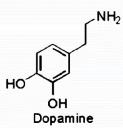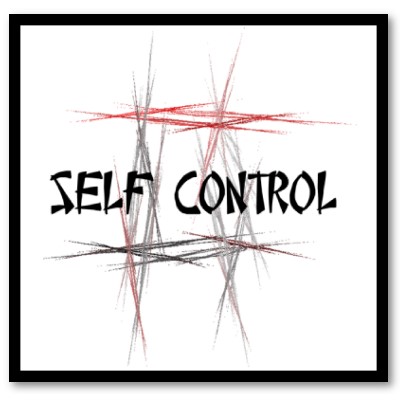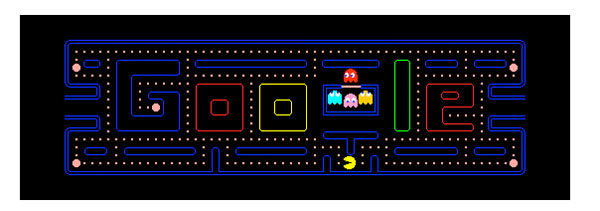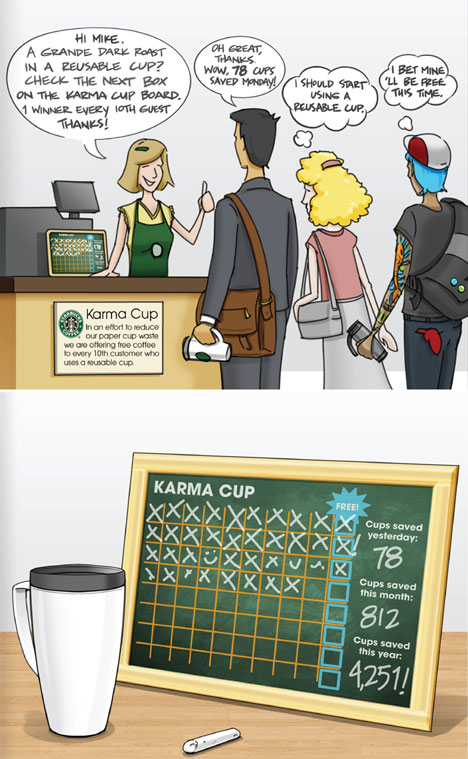Dopamine Drives Impulsive Behavior Over Control
Wednesday, June 30th, 2010 Brain chemistry drives a lot of human behavior. Some of the natural drugs or chemicals that play key roles are dopamine, serotonin, adrenaline, cortisol and insulin. So I am always on the lookout for scientific studies that link brain chemicals to cognition and behavior that can have implications for designers.
Brain chemistry drives a lot of human behavior. Some of the natural drugs or chemicals that play key roles are dopamine, serotonin, adrenaline, cortisol and insulin. So I am always on the lookout for scientific studies that link brain chemicals to cognition and behavior that can have implications for designers.
For example, the ScienceDaily just reported on a study that shows how levels of dopamine impact decisions around self control. Higher levels of dopamine lead to impulsive. behavior. To quote:
“The researchers found that every subject was more likely to behave more impulsively — choosing the ‘smaller, sooner’ option — when levels of dopamine in the brain were boosted. . On the whole, the number of sooner options chosen increased by almost a third, although each subject varied on this measure.”
This is a significant effect. How can designer make use of it?








